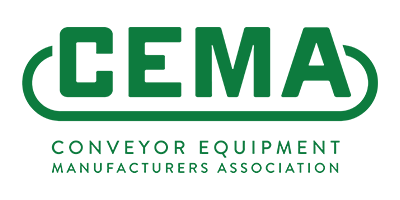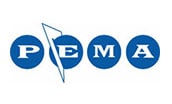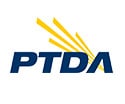Seals on Screw Conveyor Covers
Download PDFQuestion
To keep dust from escaping between the screw conveyor cover and trough, what type of seals as well as types of fasteners can be used or recommended to keep maintenance and product leakage to a minimum?
Answer
The best way to prevent product leakage from a screw conveyor is to use a flanged cover that is bolted on 12-inch centers with a good, compressible gasket between the cover and U-trough. A flanged cover has both sides turned down to provide rigidity. Typical cover thickness is 12 to 14 gauge. A thicker cover may be required for very dusty applications because it provides additional rigidity. Bolting the cover on 12-inch centers will make the conveyor dust-tight.
We also recommend using closed-cell foam gasket material that is easily compressible. The gasket material is typically a nitrile rubber blend that is available in black and food-grade white color. The compressible gasket will provide a positive seal even if the sealing surfaces are irregular.
The preferred method for fastening covers is to bolt the covers using standard industrial grade fasteners. Tools are required to remove the fasteners from the covers. Bolted covers on screw conveyors eliminate many safety hazards and prevent injuries.
Most of the time, there is no need to get inside of a screw conveyor unless you need to maintain a hanger bearing. A short, bolted cover located over the hanger bearing provides access for maintenance after the conveyor has been shut down, power turned off and proper lock out/tag out procedures followed. Covers must never be removed unless the power is turned off and proper lock out/tag out procedures are followed.
Determining the appropriate combination of cover thickness, gasket material and spacing of fasteners is the key to solving leakage problems in any industrial application.





